#mayan civilization
Explore tagged Tumblr posts
Text

Mayan temple - Palenque, 2014
#picoftheenight#travel#mexico#yucatan#original photographers#photographers on tumblr#ancient architecture#mayan civilization#ancient temple#maya#mayan ruins#photoofthenight
59 notes
·
View notes
Text
In Rome, Diana was the protectress of the plebians, and in particular the guardian of slaves, outlaws, and thieves. Her temple stood in their city quarters, the Aventine. Roman slaves celebrated Diana's festival in mid-August (which is also the sacred festival day of Hecate, and of the Irish Triple Goddess Brigid). To the Christians, Diana the Moon was the Devil incarnate. Ninth-century church fathers in Europe condemned "deluded women who believe that in the dead of night they ride upon certain beasts with Diana—or the Witch Queen Herodias—and fly through the sky, among multitudes of women." Long into the Renaissance, she was imaged as a terrible demon. (Christians sometimes call the devil "Lucifer"; Lucifer, the "light-bringer" was in early legend Diana's twin brother, the morning star. The morning star, also the evening star, is Venus, which along with the moon was observed with very accurate calculations by ancient astronomers worldwide. To the Aztecs it was Quetzalcoatl, to the Mayans Kukulcan; to the Sumerians and Babylonians it was Inanna-Ishtar. Whenever Christians encountered astronomical-astrological observations and texts on Venus and the moon, they saw only "Devil-worship"; hence they destroyed library after library containing ancient wisdom and knowledge, including the Mayan astronomical library at Mani, as well as the library of Alexandria. Mayan astronomical knowledge was probably the most advanced in the ancient world; they invented the zero long before the Arabs did. In 1552 the Spanish Friar Diego de Landa, confronting all these texts containing Mayan intellectual brilliance as well as spiritual data, stated that they “contained nothing in which there was not to be seen superstitions and lies of the devil” and so “we burned them all.” Early Christian smashing of Dianic cults in the Mediterranean, as well as later church persecutions of witches in Europe, must be seen in this global context: wherever Christians saw knowledge—herbal, medical, astronomical, symbolical—they saw demonism, and moved to destroy it. The witch persecutions were not simply aimed at "Devil-worshipers," but at ancient human knowledge of the world.
-Monica Sjöö and Barbara Mor. The Great Cosmic Mother: Rediscovering The Religion of the Earth.
#monica sjöö#Barbara mor#goddess diana#witchcraft#patriarchal religion#anti christianity#lucifer#quetzalcoatl#Venus#kukulcan#inanna#ishtar#mayan civilization
76 notes
·
View notes
Text





#mayan civilization#pyramids#ai art#ai generated#ai art generation#ai artist#ai illustration#stable diffusion#ai art gallery#ai image#ai artwork#sdxl
30 notes
·
View notes
Text

Tulum - The Temple of the Descending God
29 notes
·
View notes
Text

#spiritual awakening#memes#meme#humour#humor#celebs#celebrity#mayan civilization#ancient#myths and facts#ancient history#prophesy#haha
23 notes
·
View notes
Text
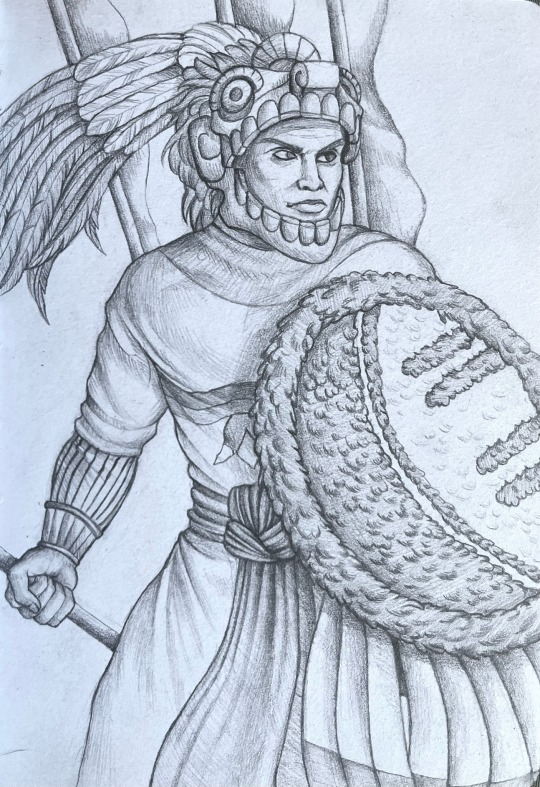
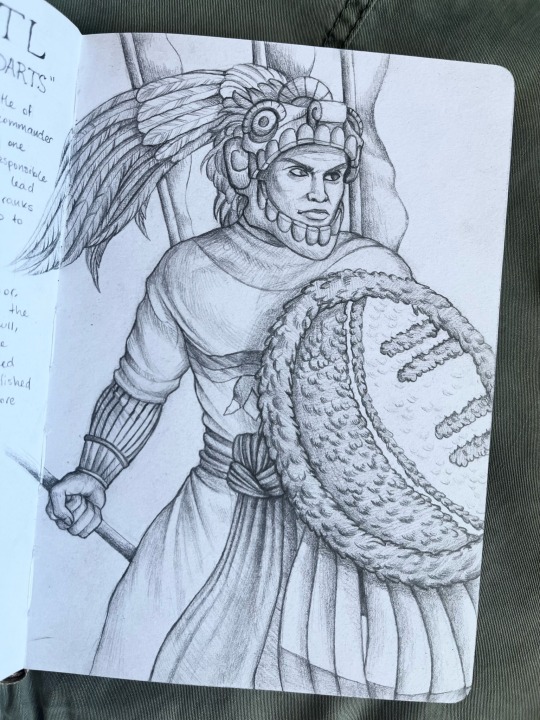
Tlacochcalcatl
The tlacochcalcatl, meaning “Master of The House of Darts” was the highest ranking title of the Mexica military, the equivalent of a general or commander in modern terminology. He was responsible for all military decisions and planning, and lead the Mexica troops into battle.
The Tlacochcalcatl wore cotton armor for protection and mobility. His helmet resembled a human skull, adorned with hawk and quetzal feathers. In one hand he would wield a lance (tepoztopilli) tipped with sharp obsidian blades, his other brandishing a feathered shield (chimalli). On his back he wore three banners, topped with elaborate feathered decorations.
#azteca#aztec#mexican#mexica#mayan civilization#aztec empire#aztec warrior#warrior#mesoamerica#mesoamerican#history#history and culture#aztec culture#mexican culture#mexico#history art#illo#traditional illustration#illustration#sketch#sketchbook#traditional media#traditional art#pencil#pencil sketch#graphite#tlacochcalcatl
37 notes
·
View notes
Text

600 year empire.🥇🏆💰🗡⚔️🛡💎(mixed media on canvas)🥇
#aztec#aztec mythology#aztec gods#azteca#aztec culture#aztek#aztec empire#mayan mythology#Mayan#mayan civilization#gold jewelry#gold#gold rush#gold nugget#golden#andalusia#sevilla#madrid#conquest#conquistador#conquistadors#Peru#Mexico#tenochtitlan#warrior#ancient history#basquiat#pop art#contemporary art#fine art
3 notes
·
View notes
Text
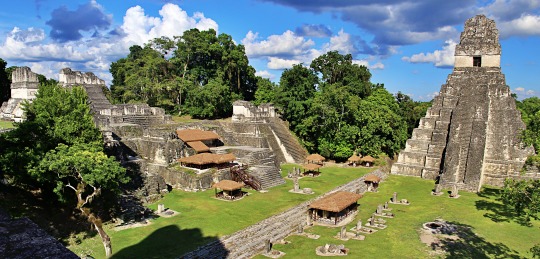
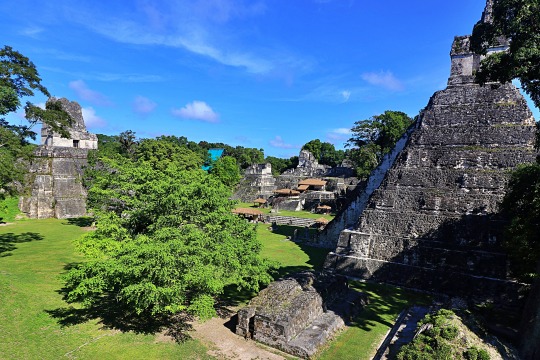

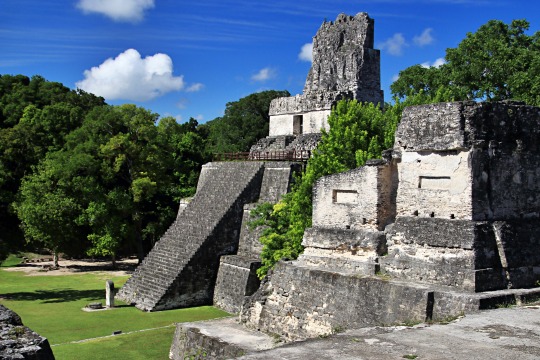
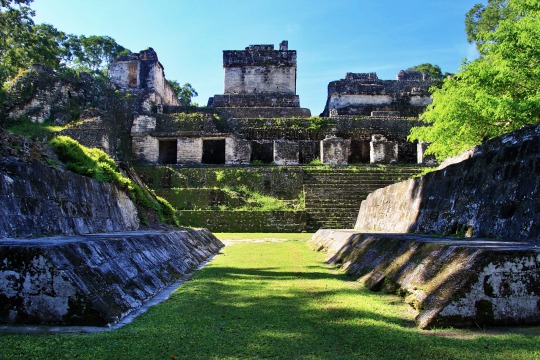

Tikal Mayan Ruins ( Guatemala )
#photooftheday#travelphotography#adventure#aroundtheworld#mayan culture#arqueologia#mayan civilization#explore#tikal#mayan mythology#mayan ruins#tikalnationalpark#guatemala#mayan#pickoftheday#unesco#unesco world heritage#travel#mesoamerica#archeology#guatemalatravel#centralamerica
6 notes
·
View notes
Text
Sonic’s Latin American Adventure (Part 1)

Most of you are probably familiar with Sonic Adventure.
While not being Sonic’s first, it was his first big successful jump into the world of 3D.
And although it has aged in terms of graphic and especially voice-acting, it’s gameplay and story is still fondly remembered by many.
But one element that I want to take about are the levels.
Sonic Adventure has some of the most iconic levels in the Sonic franchise.
But what some of you may not know were the real-world inspirations behind them.
Ever since the Genesis days, Sonic has drawn influence from our world for reference.
Carnival Night Zone from Sonic the Hedgehog 3 was inspired by the local carnivals that Sonic Team saw in San Francisco.
Casino Night Zone from Sonic the Hedgehog 2 was inspired by Las Vegas, which Sonic Team took a trip to during its production.
And undoubtedly the most recognizable (and widely hated) level in the entire franchise Green Hill Zone from the game that start it all, was inspired by the rolling green hills and blue skies of California.
But when it was time to develop Sonic Adventure, Sonic Team wanted to go bigger than ever before and create more realistic worlds than before, thanks to the greater capabilities of the Sega Dreamcast.
One of the kind of new environments they wanted to do for Sonic Adventure were jungles with ancient ruins.
When creating levels for the games during the Genesis days, while Sonic Team did draw some influence from the real world, they mostly drew inspiration from movies and tv shows.
None of the team had ever seen any genuine ruins or jungles before, and tools like the Internet were way too primitive at the time for help.
So in order to make the environments of the game feel authentic as possible, Sonic Team took a nearly 3-month long trip through Central and South America.

They traveled to Mexico (specifically around the Yucatán Peninsula), Guatemala, and Peru.
And they not only took inspiration from the environments of those locations, but also the culture, history, and possibly even religion.
So today, I want to go into depth on the real-world inspirations for some of the levels and elements of Sonic Adventure.
So grab your adventure gear and some snacks, cause we’re going on a Latin American adventure!
Coming up first we have the very first level of the game, Emerald Coast.
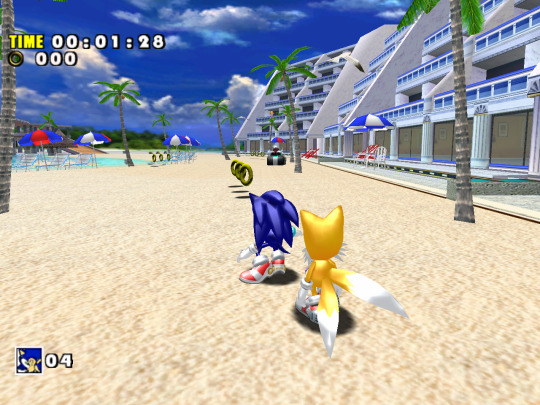
When taking in the tropical beach environment, the seagrass thatched umbrellas scattered all over the place, forested cove and the resort at the beginning of the level, it’s safe to say that Emerald Coast was inspired by popular vacation spots such as Cancún and Tulum.
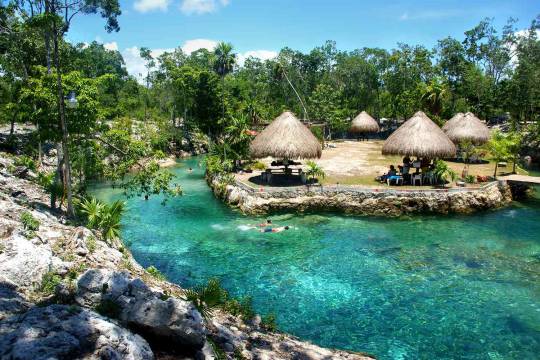


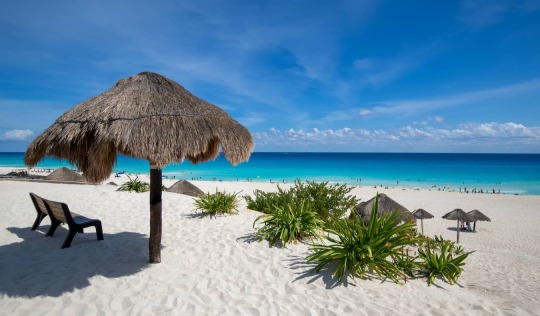
Next we come to the Mystic Ruins and Lost World.

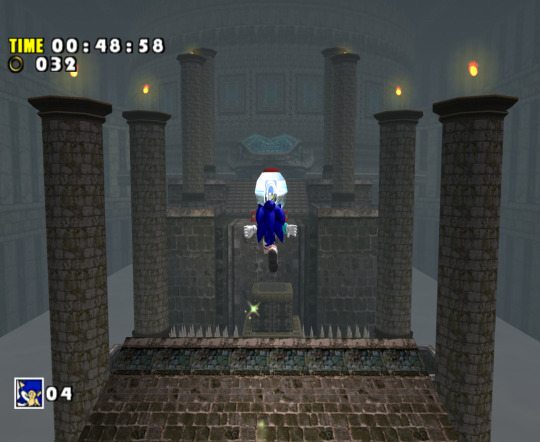
These two locations are definitely the strongest examples of the Latin American influence.
They’re both clearly inspired by the ancient ruins of Mayan cities such as Chichen Itza, Tikal, Uaxactun, and San Gervasio, along with the jungles surrounding them.
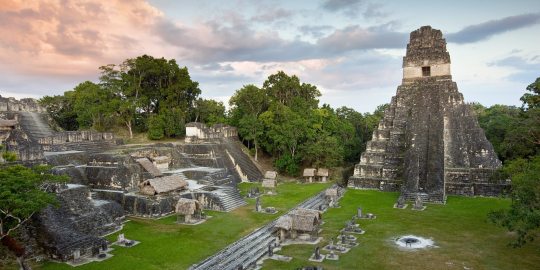

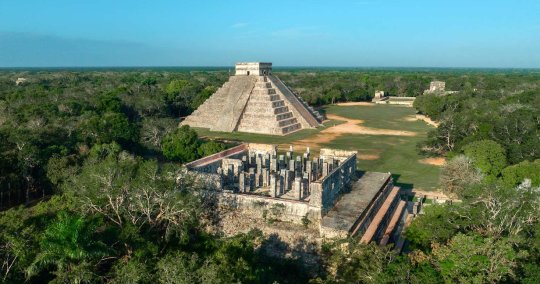
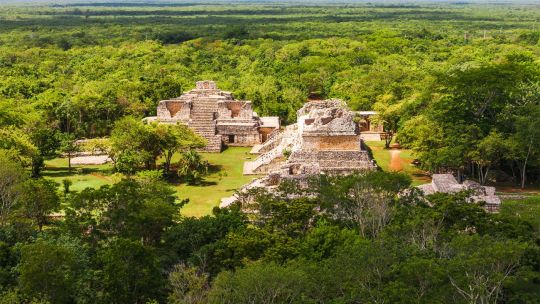
Within the Lost World level, there’s a bit of a snake theme going on. From the torches, to the entrances, and there even being a giant stone snake moving around in the water section.
In Mayan culture, the snake was one of the most important animals, alongside the jaguar and the quetzal.
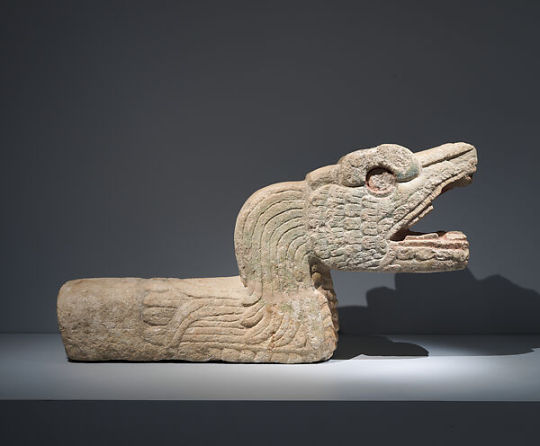
Snakes were seen as the vehicles by which celestial bodies, such as the sun and stars, crossed the heavens on. The shedding of their skin made them a symbol of rebirth and renewal.
And although there were many sculptures of snakes, most of them found on pyramids, they were often used to represent an important deity in Mayan mythology.
But I’m gonna touch on that a bit later.
The history of the Mystic Ruins is also pretty accurate to the history of most of the Mayan cities.
As most of you probably know, the Mystic Ruins was originally the home of the Knuckles Clan.

But after it was abandoned for thousands of years, it eventually became overgrown with jungle.
That was basically the same thing that happened to the real-life Mayan cities.
After they were abandoned, the surrounding wilderness essentially claimed them.
For example, this illustration shows what Tikal might’ve looked like during the time of the Mayans.
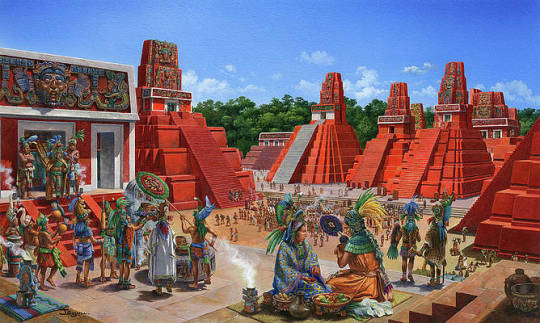
And this photograph shows what it was like back in 1881.
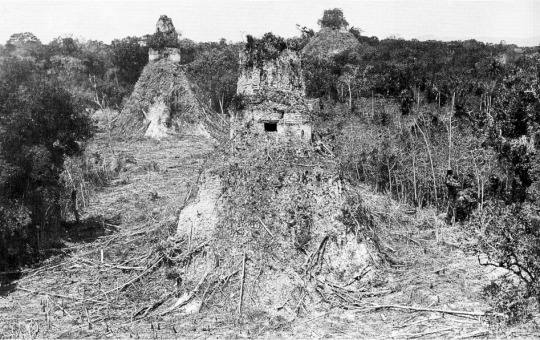
Next we move on the second level of the game, Windy Valley.
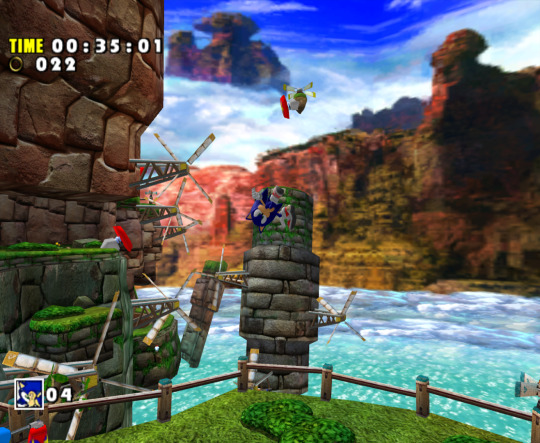
When taking in the mountainous landscape and the stone structures (plus their appearance), it’s pretty clear that this level is a loose adaptation of famous Inca city Machu Picchu.
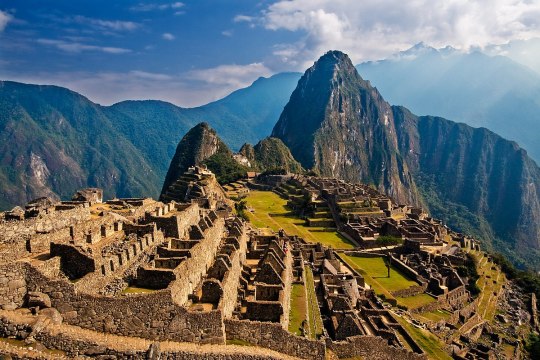
As for the next two levels, finding their inspiration was admittedly a bit tricky when considering the locations Sonic Team traveled to.
But after a lot of research, I think I found them.
Icecap from Sonic 3 returns as the fourth level in the game.
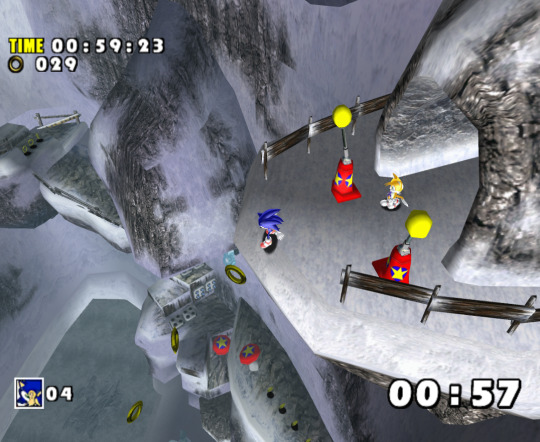
Although it’s inspiration is a tad tricky, I believe that it was inspired from the various snowy-peaked mountains of the Andes.

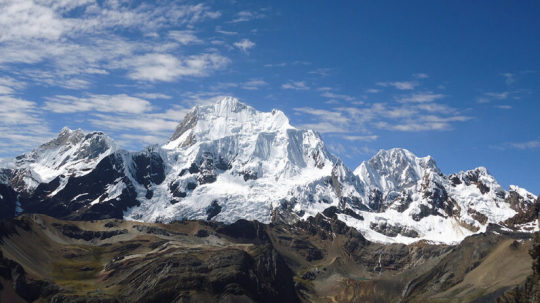
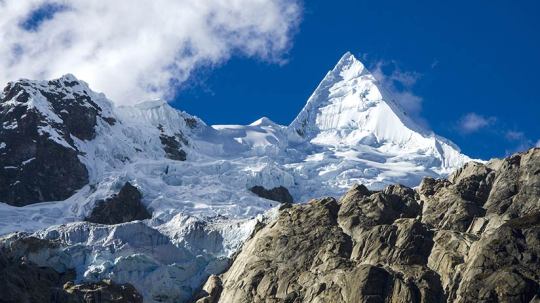
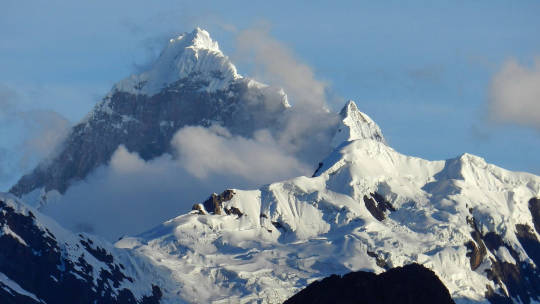
And for the final level, we come to Red Mountain.
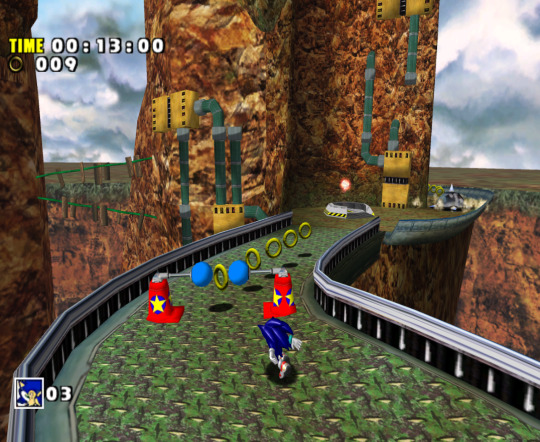
This was probably the hardest level for me for find any possible inspirations for.
Admittedly, for the longest time I thought it was inspired by the tepuis of Venezuela.
And at first glance, you can definitely see the comparison.
Unfortunately, the only place that Sonic Team traveled to was Peru.
But then I remembered that Red Mountain had a bit of canyon look as well.
And after doing some research, I've come to two possible inspirations for the level.
These inspirations are Colca Canyon and Rio Marañón, two canyons located which not only have similar appearances to some of the geological features of Red Mountain, but also just so happen to be located in Peru.
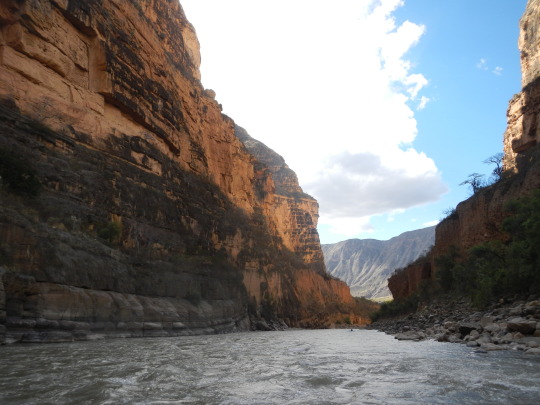
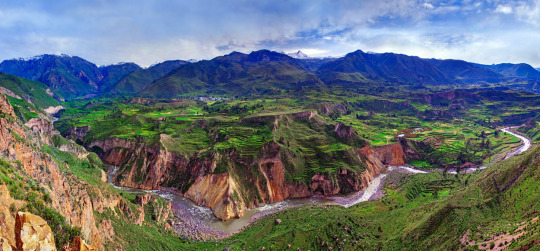
Next we have is Sand Hill, and funnily enough, the history of the level actually involves its inspiration.
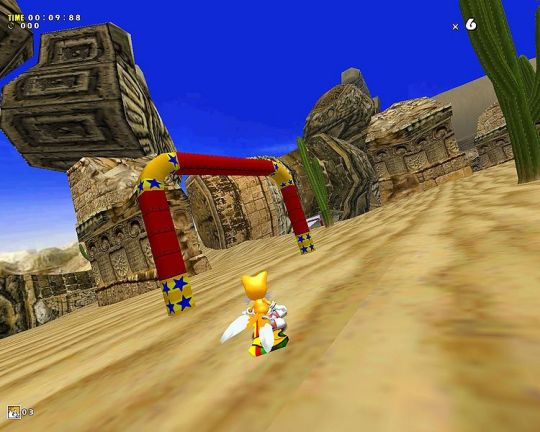
During the trip, one of Sonic Team's stop was the city of Ica. During their visit, they discovered the sport of sandboarding. It amazed them so much that they decided to include it as a mini-game for Tails.
As you could already tell, the location was inspired by Ica itself.

Well that's all I can share for now!
I've already reached the 30 image limit, so I can't show any more photos for this post.
So this is gonna be a two-parter. Along with that, it's gonna be much shorter than this one since I'll be covering that the last bit of info I wanted to share.
So stay-in tune for the second and final part of Sonic's Latin American Adventure!
#sonic the hedgehog#sonic adventure#latin america#mayan civilization#central america#south america#cultural inspirations
10 notes
·
View notes
Photo

VDJ20230216. SOLD
200 X 140 cms. Mixed media / Canvas. 2023
#punkbaroque#vinylicious#Rene Serrano#painting#contemporary#draw#figurative#surrealism#abstract#calligraphy#gold#green pale#pink#maya#mayan#mayan civilization#mayas#caribbean#mexican#mexico#michoacan#eames#eames chair#hifi#turntable#vinyl#vinyl records#vinylcollector#pink floyd#dark side of the moon
6 notes
·
View notes
Text

0 notes
Text
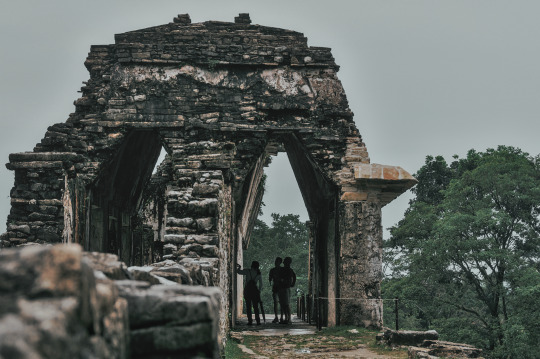
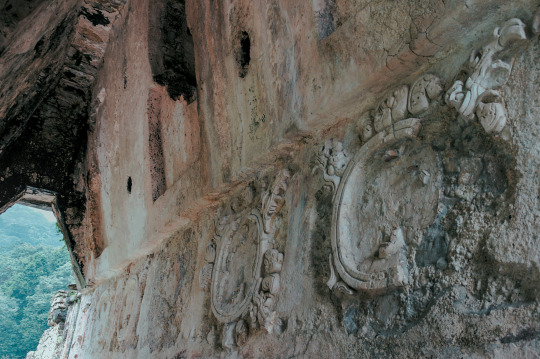
Watching maya bas-reliefs - Palenque, 2014
#picofthenight#travel#mexico#original photographers#photographers on tumblr#ancient architecture#mayan civilization#ancient ruins#maya culture#ancient temple#photoofthenight#basrelief
44 notes
·
View notes
Video
youtube
What Happened to The Mayan Civilization | Mayan Civilization Documentary...
#youtube#What Happened to The Mayan Civilization#mayan civilization#maya#maya civilization#documentary#ancient history
0 notes
Text
0 notes
Link
#anthropology#archaeology#maya civilization#mayan calendar#mayan culture#mayan civilization#readers community#writing community#writerslife#blog#bloggingcommunity#links#wersites
0 notes
Text

1 note
·
View note